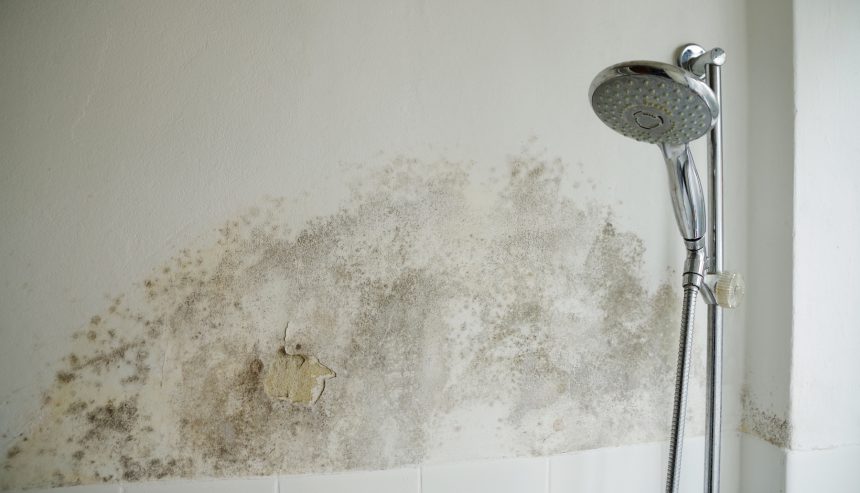How to Stop Water Damage in Your Bathroom
How to Stop Water Damage in Your Bathroom
Blog Article
Just how do you feel about Looking for Signs of Water Damage in the Bathroom?

The restroom is extremely susceptible for moist accumulation and also prospective water damage due to the regular use of water in it. This article supplies easy inspection strategies to help discovering water damage threats.
The regular use of water in the washroom makes it very vulnerable for wet build-up and also prospective water damage. By evaluating it on a regular basis, you can decrease water associated damages.
The adhering to set of examinations is simple to perform and also ought to be done as soon as in every three months in order to maintain your shower room in good shape as well as to prevent prospective water problems caused by the tub, the shower, pipeline joints and plumbing, sinks, cupboards, and also the bathroom
Do not forget performing these assessments and also be comprehensive while doing them. Bear in mind that these straightforward evaluations can save you a great deal of cash by providing early signs for water damage
Bathtub as well as Shower
The shower and also bathtub need special interest and also maintenance. Inspect the ceramic tiles and also replace if broken. Make certain that there is no missing out on cement between the ceramic tiles. Check and change fractured caulking at joints where the walls satisfy the flooring or the bath tub. Obstructed drains and pipes issues will certainly prevent the bathtub from drying and may suggest severe troubles under the bath tub. Consult with a professional instantly to prevent structural damages. Take notice of stainings or soft areas around the tub wall surfaces as they might show an inner leakage.
Plumbing
Signs for water damages are tough to detect because most pipes are installed inside the walls.
Pay special focus to floor covering and walls moisture and stains as they may show an invisible plumbing problem. Check moisture degrees in adjacent areas too.
Sinks and also Cabinets
Sinks and also closets are revealed to dampness as well as moisture everyday as well as are typically neglected. Examine routinely under the sink and on the kitchen counter over it. Fix any type of drip in the trap as it may recommend drainpipe troubles. Browse the sink, sluggish draining pipes may indicate an obstructed drainpipe. Change sink seals if they are broken or loose.
The Toilet
The commode is an at risk water joint. Inspect the water lines and look for leakages around the bathroom seat, in the hose pipe, and under the water container. If you identify any type of signs of dampness on the floor around the toilet, look for leaks in the toilet edge as well as tank seals.
Realize that hanging bathroom bowl antiperspirants enhances the opportunities for blockages.
Water Damage Signs In The Bathroom To Avoid Cleanup
Musty smell
This is one of the easiest signs to catch because musty smells are so odorous. The damp, earthy, moldy smell should be a big red flag. The smell will develop when moisture gets trapped in surfaces, and begins to facilitate mold growth. Leaking pipes under cabinets, inside walls, and behind shower fixtures will cause moisture to stay trapped and not dry, which will lead to mold growth and spread. As soon as you notice any musty smells in your bathroom, have it checked for hidden water damage and cleanup signs.
Visible mold
If the smell isn’t there to give it away, sometimes you will actually see mold growth. Finding mold in your bathroom is a serious problem, because mold is very harmful to your health. By the time mold growth is visible, it also means that water damage has already occurred and been present for some time. The only way the mold problem can be resolved is to find the source of the moisture and get it stopped. To safely and adequately remove mold, you need to have professionals handle the remediation. Do not waste any time in getting mold problems addressed, fixed, and sanitized so that you can protect you and your family from the many respiratory symptoms caused by mold exposure.
Damaged floors
Bathroom floors should be able to withstand some exposure to water while still remaining in good condition. However, when excess exposure or water leaks occur, they will begin to damage even the most water-resistant flooring. If you notice any cracking, bubbling, staining, or warping on your bathroom floors, there is probably a water leak somewhere causing the distortion. If you notice areas of the floor have become softer, or even have a spongy feeling, there is probably damage to the subfloor. Subflooring is typically made up of plywood. When plywood is exposed to water or moisture, it will absorb it. Once it has become saturated, the weight of the excess water will cause the wood to swell and soften. Check the floors in your bathroom frequently to catch any of these sings before they lead to damaged subflooring.
Changes on walls
When water leaks behind walls, it will cause changes in the drywall. Peeling plaster, blistering paint, and soggy wallpaper are all good indicators that excess water is building up behind the wall. Water leaking behind drywall will cause it to swell and be soft to the tough. If you start to notice gaps along the trim of your walls, or where tile meets the wall, it could also be a strong indicator that there is a leak behind the wall. Any changes, distortion, or damage on the walls should be evaluated as soon as you notice it to prevent further water damage and cleanup.

As a serious person who reads on Looking for Signs of Water Damage in the Bathroom, I assumed sharing that piece of content was important. Sharing is caring. Helping others is fun. We treasure reading our article about How to Fix a Water Damage Bathroom.
Call Report this page